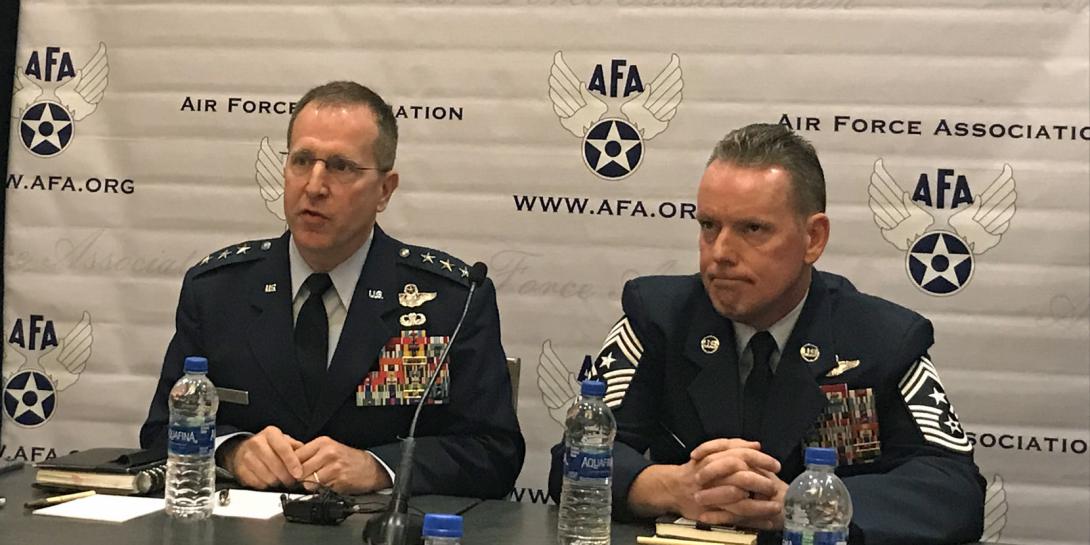Air Force Special Operations Command Advancing Laser Weapons System
In a world where a swarm of drones can take out an oil production (WC) system, the military needs advanced tools, including lasers to defeat asymmetric threats. For the past few years, the U.S. Air Force’s Special Operations Command, Hurlburt Field, Florida, has been working on developing high-energy systems to integrate into the warfighting arsenal. The command, known as AFSOC, is testing and advancing directed energy weapons with increased amounts of power and decreased size, weight, volume and power-input requirements.
Former Air Force Secretary Heather Wilson made laser weapons a renewed priority when she released a direct energy flight plan shortly after she started her role—now filled by Deborah Lee James, the 23rd Secretary, following Wilson’s retirement.
As part of its role, AFSOC started by incrementally evaluating a complete laser system—laser, beam control system, beam director, power supply and cooling, systems integration and casing—aboard its powerhouse striker, the AC-130J Ghostrider gunship in late 2017.
They began with an initial phase of testing that involved a turreted, solid-state 4-kilowatt (kW) electric laser set in place of the aircraft’s traditional 30 mm gun, located slightly in front of the wings and engines. With the help of the U.S. Navy’s Naval Surface Warfare Center, Dahlgren Division, AFSOC retrofitted the components of the 4-kW laser system used in an earlier Office of Naval Research effort.
AFSOC is now working toward the goal of integrating a 60-kW system, Lt. Gen. James Slife, USAF, confirmed when speaking with reporters September 16 at the Air Force Association’s Air, Space and Cyber Conference in National Harbor, Maryland. The general took over as AFSOC commander about 60 days ago.
“The goal is to provide an armed overwatch capability using directed energy,” Gen. Slife said. “The testing of that and the integration work that is ongoing is all proceeding at pace. We haven't seen anything up to this point that would lead us to believe that is not all achievable in the near-term time horizon that we're working against.”
For the integration of the laser weapon into the AC-130J’s command and control system, AFSOC is employing an open architecture fires support system inside the airplane that allows the addition of various sensors and weapons systems as they become available, the general explained. “And so we haven't seen any particular challenges with integrating it so far,” he noted.
Gen. Slife clarified that the command has replaced all of their AC-130U aircraft—which has been the bulk of AFSOC’s close air support capability for many years—and is turning to the AC-130J version of the platform. “So the AC-130Us are all home,” he said. “The AC-130Js are now deployed, and they've been performing magnificently. Of course, they have a got a similar fire support system to what we've had on some of our other gunships."
The AC-130J is giving the command “higher ceilings, longer endurance and higher mission capable rates,” Gen Slife continued. “So across the board, it’s really been an improvement in our ability to provide close air support to our ground teams.”
In addition, AFSOC is harnessing “a number of industry and government artificial intelligence (AI) tools” in order to leverage AI for the command’s use, the general stated.





Comments